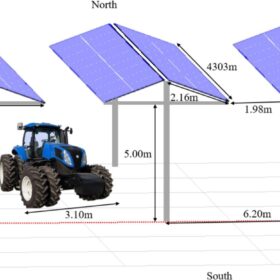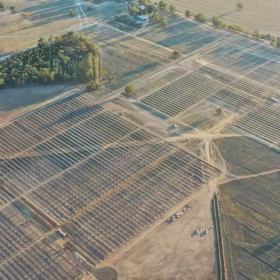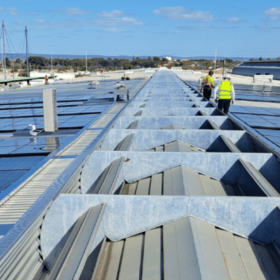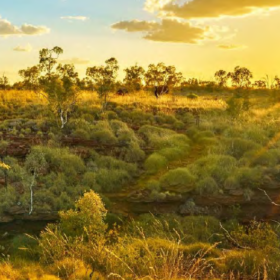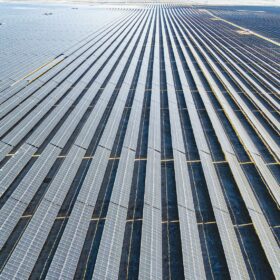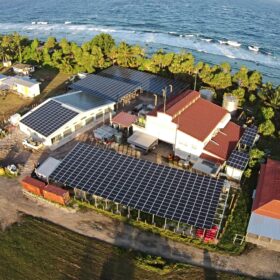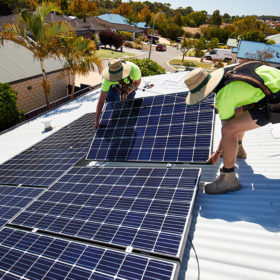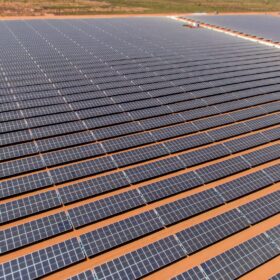Bison Energy to increase solar generation at Victorian water treatment plants
Tokyo-headquartered renewable energy company Bison Energy Australia has won an engineering, procurement and construction tender for two solar farm projects through a Victorian government tender for utility Goulburn Valley Water.
UK researchers trial agrivoltaics with large-scale hydrogen production in Australia
United Kingdom scientists have simulated how a 1 GW off-grid agrivoltaic facility may be used to fuel hydrogen fuel electric cell vehicles across Africa, the USA, China, Europe and Australia showing the proposed combination could provide a levelised cost of hydrogen ranging from $6.05/kg to $12.61/kg.
$25 million clean energy fund accelerates transition for multi-tenanted buildings
Deployment of solar panels, battery systems, heat pumps and electric vehicle chargers is driving a $25 million commitment by the Clean Energy Finance Corporation to ensure multi-tenant buildings aren’t left behind in the clean energy transition.
HMC Capital aquires all Neoen’s Victorian assets for $950 million
France-headquartered renewables developer Neoen has sold its Victorian assets in operation or under development for $950 million to Sydney-based asset manager HMC Capital, which includes the 128 MW Numerkah solar farm and 300 MW Victorian Big Battery.
Perth fresh food market starts install of Western Australia’s largest solar array
Western Australia-based Perth Markets Group Limited (PMGL) has started the state’s largest 5 MW rooftop solar installation using 10,000 solar panels over 25,000 square metres, to supply a third of its electricity use.
Local shire gives DA approval for 150 MW First Nations-owned Pilbara solar farm
Western Australia-headquartered renewable energy developer Yindjibarndi Energy Corporation has received development application approval for the proposed 150 MW Jinbi solar farm in the Pilbara region.
Jinko seeks green tick for Queensland solar and storage project
Chinese solar developer Jinko Power has filed an application with the Australian government seeking approval for a 600 MW solar farm and 800 MWh battery energy storage project planned for Queensland ‘s southwest
500 kW solar and 2 MWh BESS projects boost Pacific nation’s clean energy goals
The pacific island nation of Tuvalu is on track to achieving its goal of 100% renewables by 2030, with the recent commissioning of a 500 kW rooftop solar project and 2 MWh battery energy storage system in it’s capital Funafuti.
100% of NEM demand met by rooftop solar on AEMO’s transition plan horizon
The Australian Energy Market Operator’s new and first national electricity market transition to renewables system security plan is future proofing the grid well ahead of a time when rooftop solar could potentially meet 100% of NEM demand.
APA begins commissioning solar farm built for cyclonic conditions
A solar farm designed to withstand sustained wind speeds of almost 300 kph and a co-located battery energy storage system has been officially opened by developer APA Group in Western Australia’s Pilbara region.

